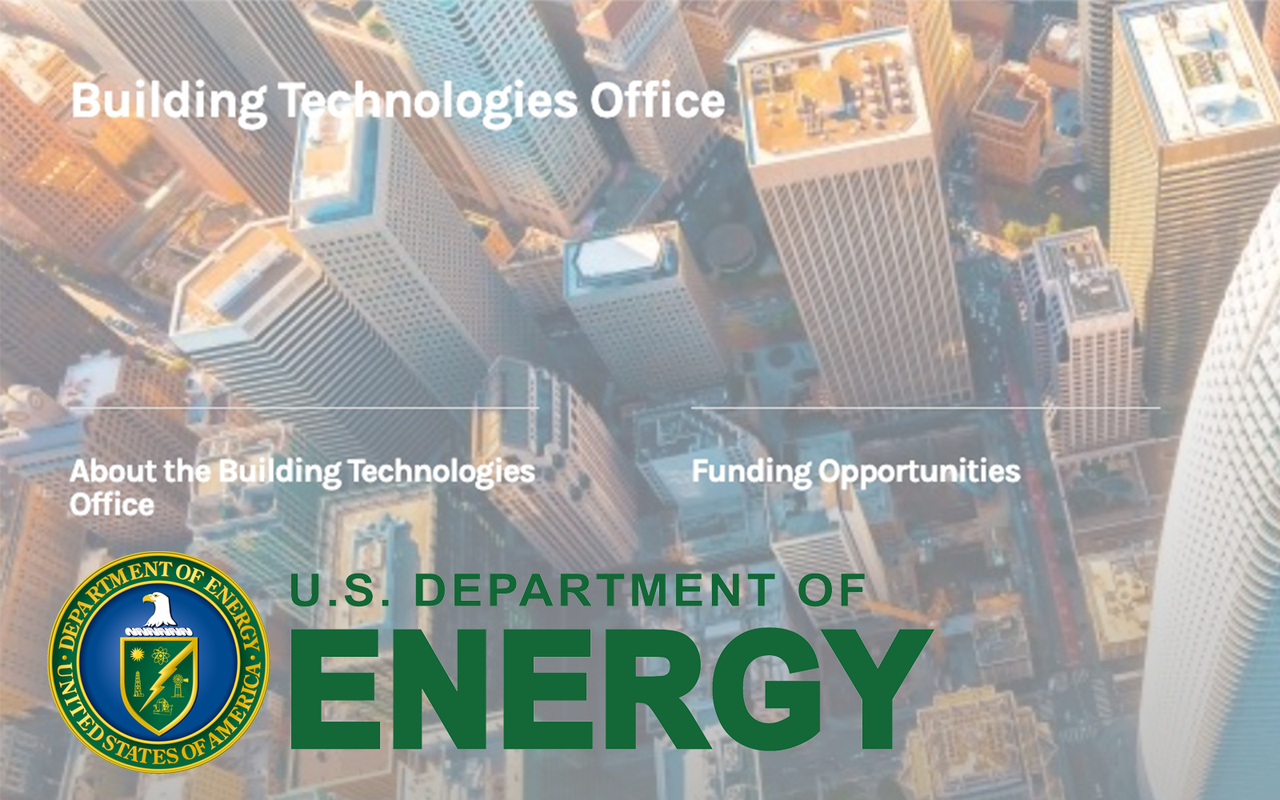DOE Releases Request for Information on Research and Development Opportunities in Energy Management Control Systems
DOE’s Building Technologies Office (BTO) has released a request for information (RFI) to inform BTO’s strategic direction and future investments in technology research and development (R&D) on energy management control systems. The RFI solicits feedback from industry, academia, research laboratories, government agencies, and other stakeholders on a range of identified R&D opportunities related to the hardware, software, cybersecurity, and interoperability of energy management control systems. BTO will use information obtained through this RFI to update its current R&D strategy to meet its decarbonization, energy savings, and cost reduction goals.
Energy Management Control Systems RFI
Commercial and residential buildings account for 75% of all electricity use and an even greater share of peak power demand in the United States. The emergence of intelligent communications and building controls, though, are increasing the flexibility of building energy demands, which are creating more and more opportunities to reduce energy use and costs while meeting or even enhancing occupant comfort, productivity, and value. These technologies and the decarbonization of the power sector can help achieve the Biden-Harris Administration’s goal of a 100% clean energy economy by 2050 or before.
ENERGY MANAGEMENT CONTROL SYSTEMS in BUILDINGs
BTO invests in R&D, validation, and integration of the next generation of affordable, high-performance, cost-effective tools and technologies that will lead to significant energy savings in the nation’s buildings. Achieving these savings requires improved monitoring and control of the built environment, including sensing, computing, communication, and actuation technologies and systems. Sensors monitor the operating conditions of the buildings and building equipment, device controllers process these measurements, and actuators perform the appropriate actions to maintain the desired settings. BTO maintains an active portfolio in building controls and energy management controls systems (EMCS) in tandem with building energy modeling to improve the energy management of this critical cyber-physical infrastructure. It is also crucial to learn from the experiences of building occupants and innovators, to address barriers to deployment.
The Energy Management Control Systems RFI includes four main topics, as listed below.
- Hardware: Building energy management hardware consists of sensors, submeters, and actuators that enable continuous monitoring and control of the built environment. Next-generation hardware should overcome existing barriers to the technology, including cost, interoperability, actuator size, and discrepancies between real-time energy metering and the data collected by building sensors.
- Software: Building management software is a combination of supervisory control algorithms, user interfaces, and communication networks. Next-generation software for supervisory control and user interfaces will be better able to optimize operations; manage uncertainty; automate integration and commissioning; articulate a clear value proposition; reduce costs; clarify algorithm logic; ensure interoperability among devices; and elevate or align interests and incentives among building owners, occupants, and operators.
- Cybersecurity: The increasing connectivity and growing complexity of smart buildings increase the potential for vulnerabilities. Technology R&D should target the cybersecurity vulnerabilities of building energy systems by developing retrofit solutions for legacy systems, vulnerability assessment methodologies, advanced threat detection algorithms, and frameworks and procedure to pave the way toward cybersecurity standards.
- Interoperability: Interoperability is the ability of devices and software systems to reliably exchange data and meaningfully and "correctly" interpret and act on that data. Electronic communication is a hierarchy of protocols operating at different layers. Interoperability at a given layer requires compatible protocols within that layer and the layers below. R&D is needed to address the proliferation of semantic data modeling frameworks; the large and outdated installed database; the lack of semantic data model-driven applications and services; and the education and engagement of vendors, operators, and installers.
Responses to this RFI will also inform future planning and strategic adjustments to the office’s R&D portfolio. Responses to this RFI must be submitted electronically to emcs_rfi@ee.doe.gov, no later than 5:00 pm (ET) on Monday, July 18, 2022. This is solely a request for information and not a funding opportunity announcement. EERE is not accepting applications.
© 2022 Luger Research e.U. – Institute for Innovation & Technology

